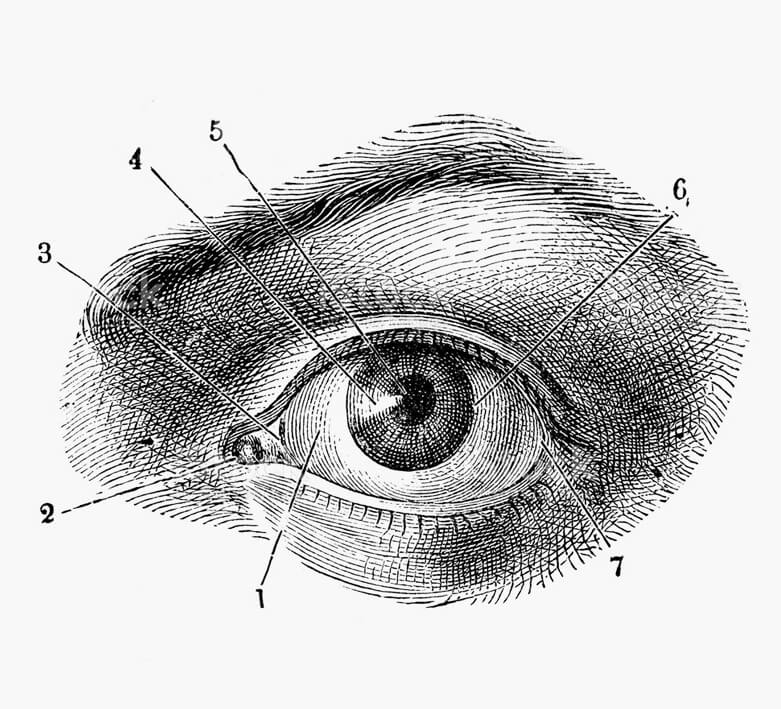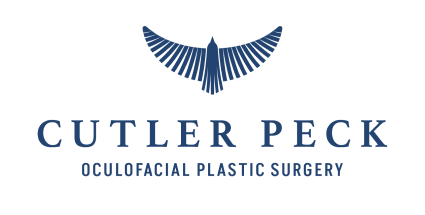Services Enucleation
Enucleation and Evisceration
Idaho Falls and Rexburg
Compassionate Care to Preserve Your Comfort and Wellbeing
When Dr. Cutler Peck performs enucleation at her practice in Idaho Falls and Rexburg, she does so with a compassionate approach for her patients. She understands the challenge patients face in receiving this procedure and makes every effort to provide a comfortable and understanding experience.
What Are Enucleation and Evisceration Surgeries?
Both procedures are only performed when they are vital to preserve a patient’s life or overall comfort and wellbeing. Enucleation involves the complete removal of the eye, while evisceration procedures remove only the inside parts of the eye.

What Causes the Need for Eye Removal?
Trauma to the eye, or disease such as severe glaucoma, severe diabetes, retinal detachments, or even multiple surgeries on the eye, can lead to loss of useful vision. Often when the eye has lost vision because of trauma, disease or surgeries, the eye becomes very painful. When there is a lot of pain in the eye, removing the eye gets rid of the pain. Many individuals choose to have their eye removed so they can have relief from constant pain. If an eye with little or no useful vision is not painful, it may not need to be removed.
If there is a malignant tumor, such as a melanoma or retinoblastoma in the eye, the eye may need to be removed to save the individual’s life.
IF WE DON'T CHANGE, WE DON'T GROW. IF WE DON'T GROW,
WE AREN'T REALLY LIVING.
GAIL SHEEHY
Dr. Cutler Peck is recognized as the region’s foremost eyelid surgery specialist.
Dr. Cutler Peck is a double board-certified plastic surgeon focused on Oculofacial
Plastic and Reconstructive Surgery.
Dr. Cutler Peck is a double board-certified plastic surgeon focused on Oculofacial
Plastic and Reconstructive Surgery.

How Is the Surgery Performed?
When the eye, or the contents of the eye are removed, the patient is completely asleep (under general anesthesia). If the patient has an enucleation, the whole eye is removed. After the eye is removed, an implant is placed in the eye socket under the soft tissues to fill up the space where the eye was. The muscles that move the eye are attached to the implant so that the implant will move when the area is healed. If the patient is having an evisceration, where only the contents of the eye are removed, the white part of the eye (sclera) is left with the muscles attached to it and the contents inside the white part of the eye are removed. An implant is then placed inside the white part of the eye to provide volume. Replacing volume with an implant is important to allow the patient to heal and look natural.
After the eye or the contents of the eye are removed and the implant has been placed and covered with the soft tissue that covered the eye, a plastic piece called a “conformer” will be placed inside the eyelids. A conformer is like a very large contact lens. It is important to keep the conformer in place so the space inside the eyelids does not shrink. This will keep the space inside the eyelids open so that a prosthetic eye (“glass eye” or “fake eye”) will fit inside the eyelids when everything is all healed up.
The eye socket should be healed around six weeks after surgery. At this point, a prosthesis, or fake eye, is placed under the eyelids to give the appearance of having a real eye. It is often very difficult to know which eye is real and which is “fake” when looking at someone with a prosthetic.
How Will This Surgery Affect My Activities and My Appearance?
Blind, painful eyes are also often shrunken and abnormal appearing. Eyes with a tumor are life threatening and can also look different than the normal eye. Removing the eye with an enucleation or evisceration can save a life and restore a normal appearance. Additionally, patients who have a painful eye removed are relieved from what can be constant and excruciating pain.
Because most patients having this surgery are already blind in the eye to be removed, their daily activities change little, if at all. If the eye is painful, the individual can find great relief and can return to enjoying many normal daily activities without constant pain. If the natural eye was small, scarred, or abnormal looking, the individual will often feel more confident after the abnormal appearing eye is removed and a more normal appearing prosthesis is in place.
While the eye socket is healing and the conformer is in place, your eyelids may be sewn shut to keep the conformer in place. If your eyelids open during this healing time, the eye socket will appear pink inside your eyelids. Once the tissue has healed from the surgery, and a prosthesis (“glass eye” or “fake eye”) is placed inside the eyelids, (usually six weeks after surgery) it can be very difficult to tell which eye is real and which eye is not real… even when looking very closely.
Receiving a Prosthesis
Once your eye socket is healed, you will be sent to an ocularist who will make a prosthesis or fake eye. This is usually done six weeks after the enucleation or evisceration surgery. This prosthesis is like a very big and thick contact lens. It will fit behind your eyelids and will be made to look like your other eye. When your prosthesis is in place, it is often very hard to tell which eye is real and which one is the prosthetic eye.
It is important to know that your prosthetic eye will not move like your real eye. Your prosthetic eye will have what is called “conversational movement.” When you are talking to someone, your prosthetic eye will make small movements from side to side or up and down with your good eye. But, if you look far to one side or far up or far down, the prosthetic eye will not move as much as the real eye. For this reason, people with a prosthetic eye will often turn their whole head rather than just moving their eyes when looking far to the side or up and down. This way, it is less obvious that there is a prosthetic eye.

What Are the Procedure's Major Risks?
This procedure typically results in success, but there can be some side effects and risks, as with any surgery. Most of the risks involved are those that may affect the eye socket or eyelids that hold the prosthesis in place. However, by working with a board-certified oculoplastic surgeon who has trained specifically to perform this procedure, you will be at reduced risk for any complications or side effects.
Schedule a Consultation
If you are thinking about having an enucleation or evisceration, or if your doctor has recommended this surgery, setting up a consultation with Dr. Peck is the crucial first step in your process. During your meeting, she will learn about your situation and explore treatment options, with enucleation and evisceration only serving as last resorts if they can improve your health, comfort, and wellbeing. Call our office to set up a visit with Dr. Peck to learn more about what approach will be the right one for you.
